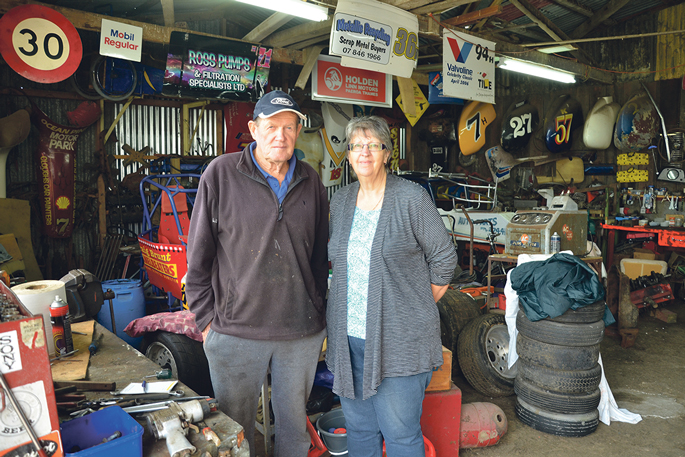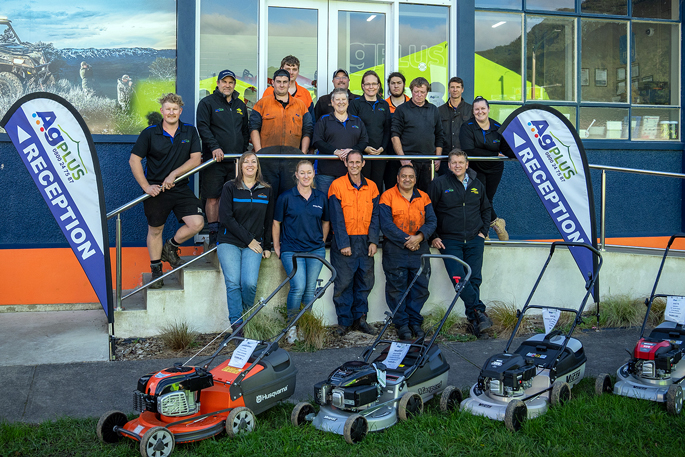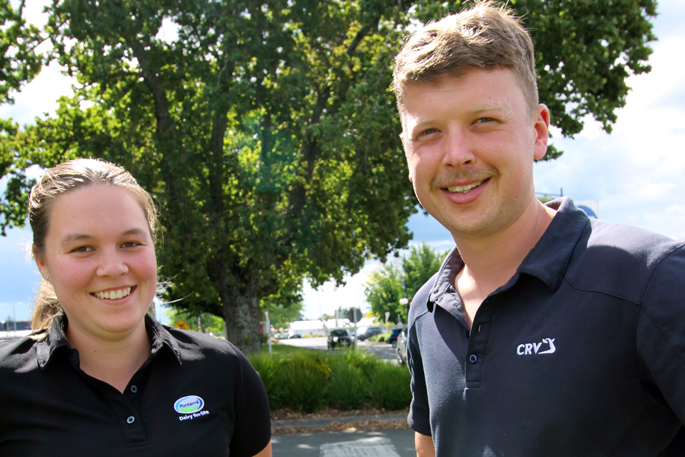With spring arriving, farmers will be spending more time out on the farm undertaking the new season’s jobs.
Lambing and calving, tailing and docking, lice treatments, vaccinations, BVD testing for bulls, drenching young heifers, spreading fertiliser and preparing for shearing make it an incredibly busy time.
“Many of these jobs require close contact with animals, including lifting, chemical use and using heavy machinery,” says Beef + Lamb New Zealand lead extension manager Mark Harris.
“In many cases, contractors will be coming onto the farm. All farmers should have identified the main risks on their land and it is useful to have a hazard map of the property – which can be updated as needed and shared with new staff and contractors.
“Have a conversation beforehand, even if they are familiar with your farm, to update or refresh their memory around anything they need to know about. New workers should be trained to ensure they are competent in all areas and supervised until they’re confident they are ready to handle jobs safely.”
Injuries caused by being kicked, bitten or crushed by an animal, being trapped between moving and stationary objects and for muscular stress increase in the spring months, says Mark.
“Cattle and sheep handling is a skill that comes with time and experience – learning how animals behave and react and understanding their balance lines and flight zones is vital.”
Vehicles and machinery are the main cause of fatal accidents on farms and the leading cause of accidents in agriculture requiring more than a week off work.
The long-term harm that can be caused by chemicals, pesticides and fertilisers cannot also be underestimated. Almost 100 deaths and 670 hospitalisations annually are linked to work-related exposures to airborne substances in the agricultural sector.
Anyone using chemicals, pesticides or fertilisers needs to be properly trained, provided with the correct PPE in good condition and product labels and Safety Data Sheets should be up-to-date.
Shearing poses a wide range of risks, from manual lifting to using shearing and crutching equipment and close contact with animals – raising the spectre of contracting zoonoses, says Mark.
Check equipment before shearing gets underway and regularly throughout. Suitable washing facilities should be provided including running water – ideally both hot and cold – liquid soap/sanitiser and single-use drying materials such as paper towels.
“Good health and safety doesn’t end with an induction or hazard management plan. The most effective way to lift health and safety on your farm is to make it a simple part of everyday farm activity – keeping it front of mind.
“Encourage everyone to take a few minutes ahead of every job to take into account any issues – like ground conditions. If a vehicle needs to be used, think about the best vehicle for that job on that day.
“Above all, you ‘walking the talk’ around safety will have a huge impact on your farm. Every safety conversation you have on your farm makes it a safer place to live and work. And it’s good for business.”
For more information, see: https://beeflambnz.com/compliance/health-safety or https://worksafe.govt.nz/topic-and-industry/agriculture/keeping-safe-on-farms/







0 Comments
Leave a Comment